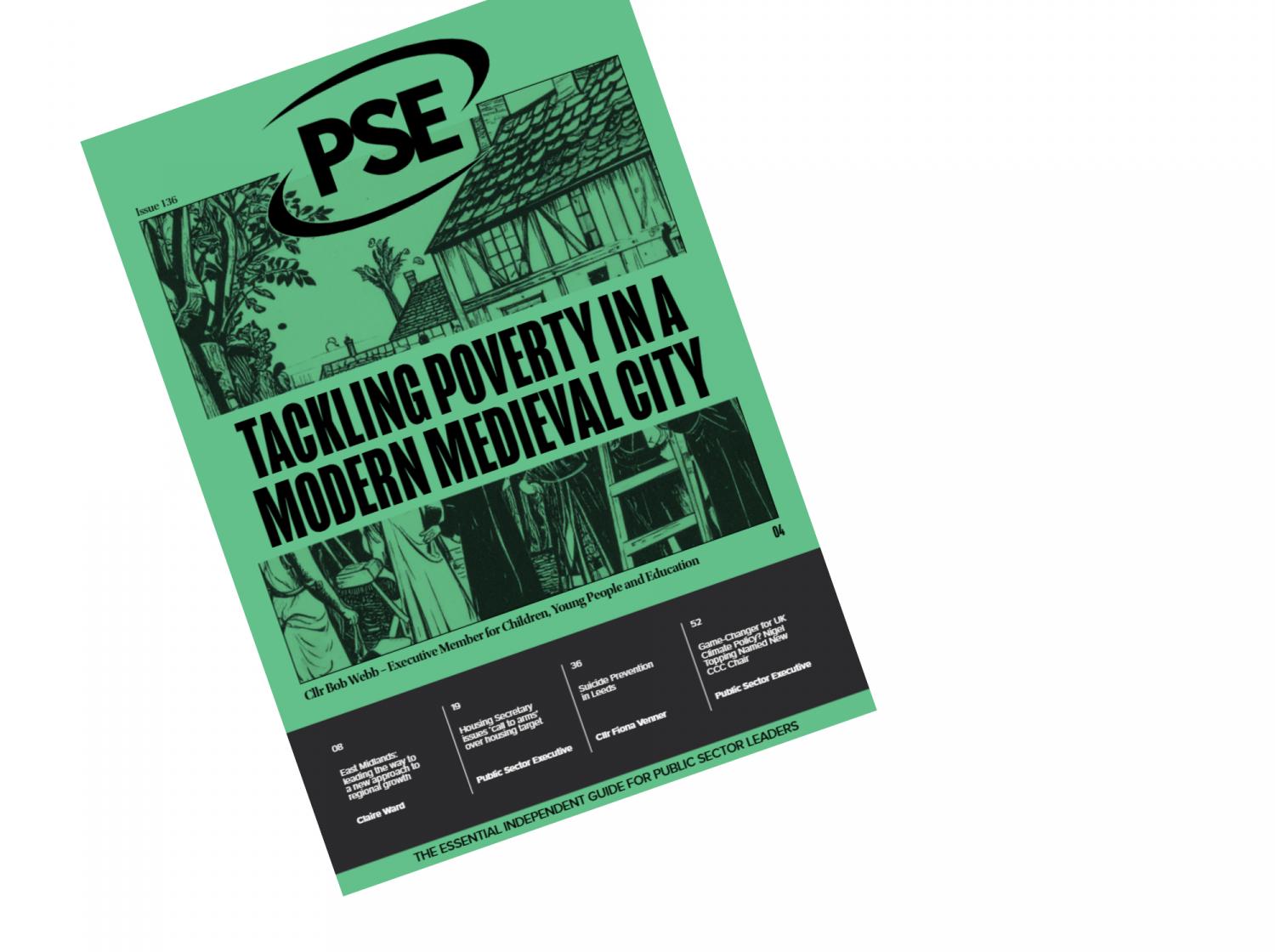The tragic death of toddler Awaab Ishak from damp and mould related illness, following on from the cladding scandal exposed by the Grenfell fire forced a spotlight onto the social housing sector. While critical attention from the media and public may have been uncomfortable, it has driven renewed focus on landlords’ responsibilities for the health and safety of their tenants.
Although the vast majority of social and private landlords operate with tenant health and safety as a priority, the attention garnered by these and other recent failings in the sector has exposed a minority, who are, for various reasons - and surely many inadvertently, falling short in their responsibility.
A survey carried by YouGov on behalf of the housing charity Shelter, revealed that private renters who complain about disrepair are more than twice (159%) as likely to be given an eviction notice. The lack of regulation in the sector means many tenants feel they have no choice but to put up with poor conditions, or risk finding themselves homeless.
With one-quarter of private renters (over 2 million people), choosing not to ask their landlord to carry out repairs or improve conditions for fear of being kicked out, the lack of regulation puts already vulnerable people at even greater disadvantage. The recent decision by the government not to outlaw ‘no fault’ evictions can only make this situation worse.
Unlike private landlords, the overriding objective for social housing providers is social responsibility, not profit. They exist to provide safe, secure, affordable, good-quality homes for people to live, prosper and thrive in. They also have a responsibility to lead the housing sector from the front, demonstrating best practice and a culture of transparency and accountability that stands up for the best interests of tenants.
Feedback is your friend
One of the easiest ways to gain insights into the state of housing stock is to listen to the people who live there. Housing providers must ensure that the complaints process is transparent and stands up to scrutiny, leading to prompt and effective responses and actions that respect every tenant’s right to a safe home.
Customer satisfaction is a useful barometer of safety and quality. When providers implement effective channels of communication for reporting problems and giving feedback, they can be assured that satisfied residents feel safe and healthy, believing they receive good value for money from their landlord.
The government’s Damp & Mould Report 2023 – ‘Learning the Lessons’, said that the providers who collected high quality data from a variety of sources including tenant feedback gave themselves the best chance of understanding any issues and were then able to act accordingly. They were also able to provide data to demonstrate progress to the regulator and tenants, as well as using it to help benchmark and measure their own performance.
Landlords can implement a variety of ways to collect tenant data, from complaints, requests for repairs and maintenance visits, household surveys and direct requests for feedback and reviews, and measures of satisfaction following an operative’s visit to deliver repairs or maintenance.
Knowing how to deal with feedback is crucial. Negative and positive comments must be welcomed equally for their capacity to deliver insights to drive higher standards of service. Most importantly, negative feedback and complaints must be acted upon promptly. For greatest efficacy, departments and functions within a housing provider organisation might be integrated using digital solutions that ensure information is shared to all relevant stakeholders immediately. Cloud-based data platforms are particularly helpful as they vastly reduce the time required to produce up to the minute reports, ensuring information is current, accurate and easily accessible.
Data for deeper insights
Being able to access real time data about tenant satisfaction and housing stock condition enables a proactive approach to solving and avoiding problems. When things are reported to have gone wrong, the best policy is to admit failings, learn lessons and deliver better.
Of the 386 registered large providers of social housing that responded in the government’s Damp & Mould Report, the majority were found to be taking issues of damp and mould seriously and making improvements in how they handled cases. However, 55 responses made it impossible to ascertain progress as there was a lack of evidence and 8 provided ‘inadequate’ responses, in part due to lack of data. The enormity of the dangers of doing nothing make it difficult to comprehend how some registered housing providers are not ensuring access to the appropriate data as their number one priority.
Summarising what ‘good’ practice looked like, the government regulator cited better stock condition data and systems, with well managed data that was shared across the organisation and included tenant data from range of sources. Some of best examples in the report used other data sources to feed into the overall picture, including responsive repairs requests and complaints, and a proactive approach that involved examining other comparable properties once damp and mould had been identified in one home. The report said these providers were using accurate and up to date tenant data that includes information around potential vulnerabilities and language requirements, based on sources including a housing tenant census.
The report concluded that the quality of data was vital for providing a high-quality service to tenants and, also, for maintaining the asset base. It recommended that governing bodies should have a good understanding of stock condition, including investment requirements, underlined by up to date and accurate data, including data from stock condition surveys. Another recommendation was linking stock condition data with forecast and actual expenditure on repairs and maintenance, to ensure landlords knew which of their homes met the Decent Homes Standard (DHS). By using stock condition surveys, repairs requests, and complaints to understand the category 1 & 2 hazards, providers would find it easier to identify failures against all 4 DHS criteria.
A Stitch In Time, Saves Nine
The application of data-based learning is not restricted to measuring, monitoring, managing and reporting on stock condition regarding damp and mould. It extends to all stock condition metrics around sources of potential risk, including fire, electrical and gas-fired appliances, windows, doors and more.
The more data housing providers have on all of their properties, the better armed they are to make proactive changes and improvements that don’t rely on tenants having to report dangers and problems in order to get them sorted.
Keeping on top of all problems and nipping issues in the bud will reduce void periods when there is a change of tenant, ensuring that income is maintained. The old saying – a stitch in time saves nine, applies here. It makes sound business sense for landlords to maintain the quality of their housing stock now and into the future. It protects their assets, guiding investments and budgeting for keeping it in good, habitable condition. Just as importantly, it is the right thing to do, ensuring all tenants can feel safe and healthy in their homes.
For more insights into the current challenges facing housing providers and the ways that digital solutions can help driver greater efficiencies, please download Advanced’s white paper, Getting Your House In Order . We look at the ways housing providers can tackle some of the financial and supply challenges, improve the tenant experience and improve ESG metrics, as well as use data to elevate levels of quality and safety in their homes.
Why not register for one of our ‘Getting Your House in Order’ webinars, you can watch live or on demand:
Building from the foundations up - 12 December 3pm - Register here
The Governance platform behind Irwell Valley Homes – 13 December 10am – Register here



















